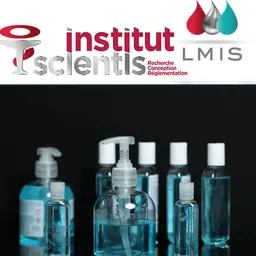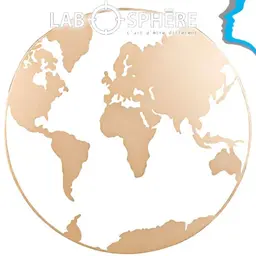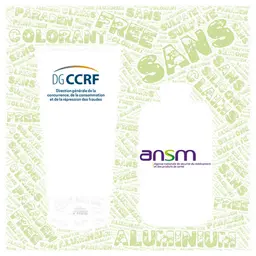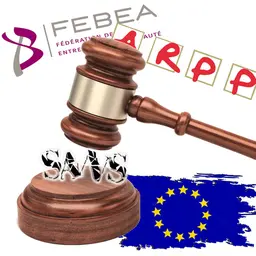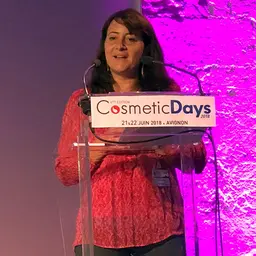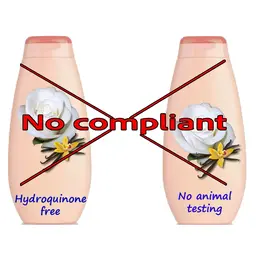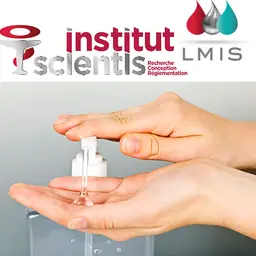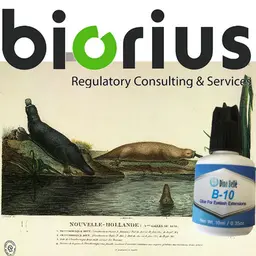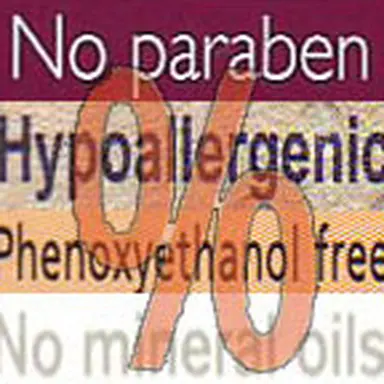
The ‘Free-from…’ and ‘Hypoallergenic’ claims have been in the hot seat since the publication of the Common Criteria cosmetics claims should satisfy to be used. Should they be considered prohibited? Should they be acceptable in specific cases? The decision was to be made by a working subgroup within the European Commission and new restrictive guidelines were expected. We are still far from it…
The story began on July 11, 2013, when Regulation 655/2013 ‘laying down Common Criteria for the justification of claims used in relation to cosmetic products’ entered into force. This text was provided for in Article 20 of Cosmetics Regulation 1223/2009 on claims, and set out the six criteria widely known today: Legal compliance, Truthfulness, Evidential support, Honesty, Fairness, Informed decision-making.
The ‘Free-from…’ claim was already targeted by two criteria:
• Truthfulness: If it is claimed on the product that it contains a specific ingredient, the ingredient shall be deliberately present
• Fairness: Claims for cosmetic products shall be objective and shall not denigrate the competitors, nor shall they denigrate ingredients legally used
The story of a legal uncertainty
Guidelines from the European Commission were published as a complement to the regulation on the common criteria and provided examples of non-authorized claims. Several ‘Free-from…’ claims were highlighted as prohibited:
• Legal compliance: The claim ‘skin care product does not contain hydroquinone’ is not allowed, as hydroquinone is banned by EU cosmetics legislation for this use
• Fairness: The claim ‘silicone-free’ shall not be made if the product contains silicone
The story went on with the Commission’s report on the use of …



